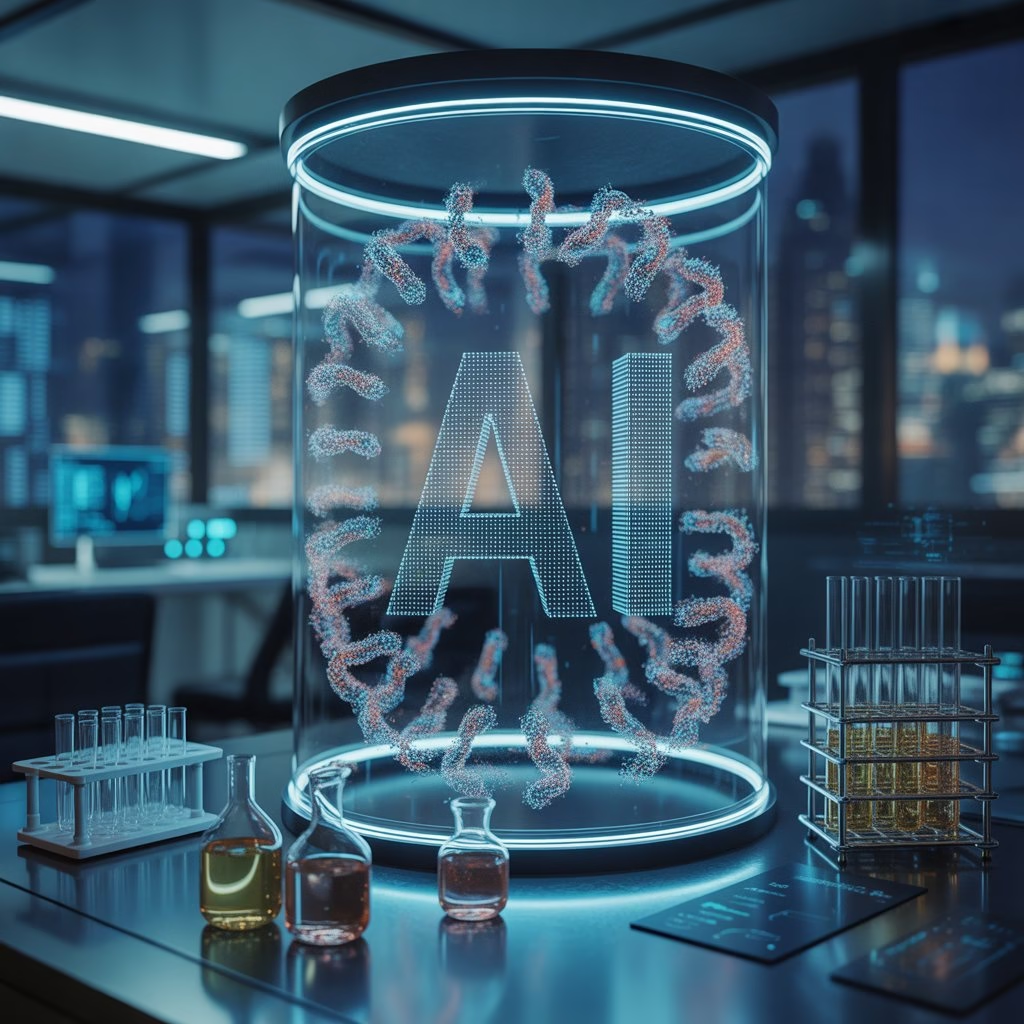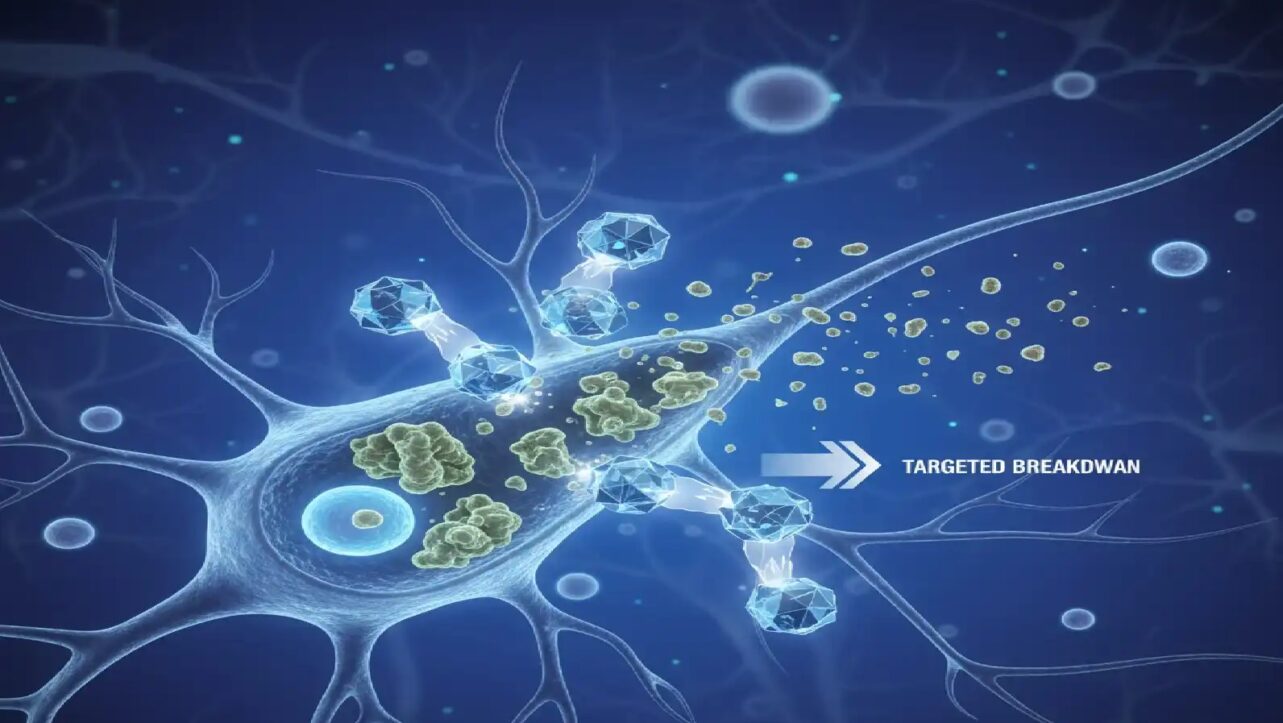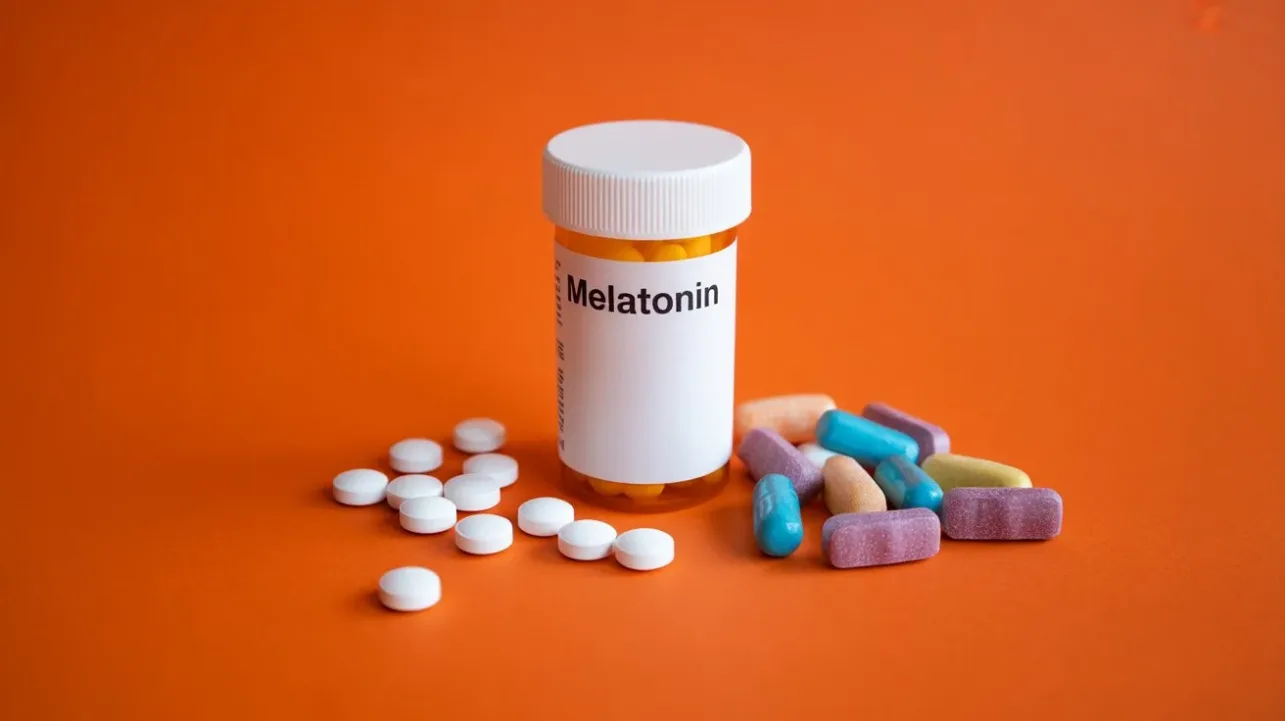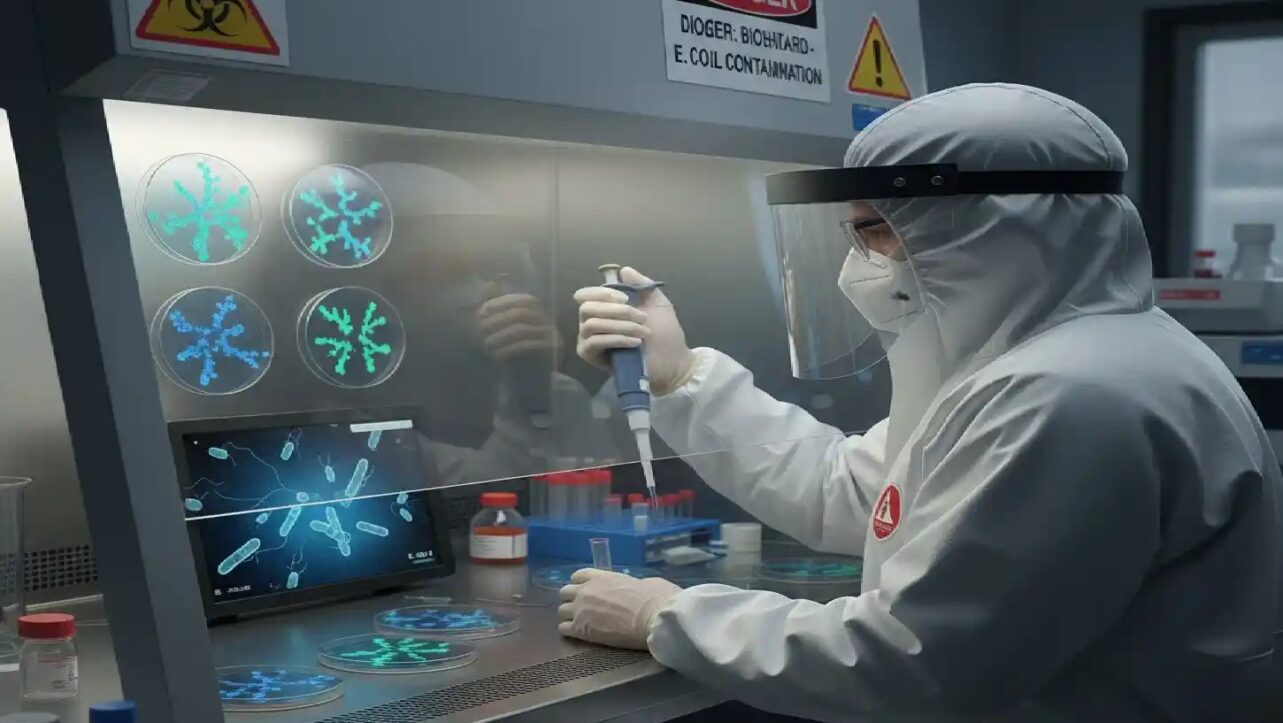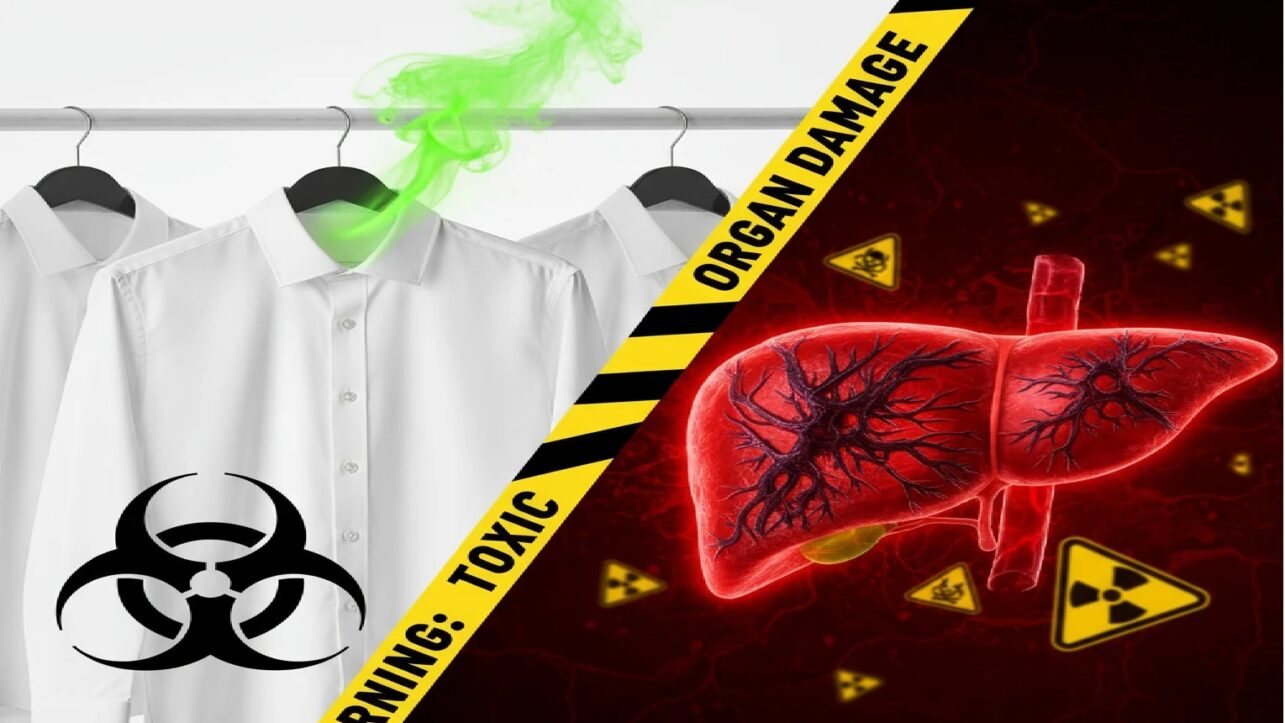In a revolutionary stride against antibiotic-resistant superbugs, researchers at the University of Pennsylvania and the Massachusetts Institute of Technology (MIT) have unveiled groundbreaking generative artificial intelligence (AI) tools that design powerful new antibiotics from scratch. These advances promise to shorten the traditionally long and costly drug discovery process, offering new hope to combat the growing global crisis of drug-resistant infections.
At the University of Pennsylvania, scientists introduced AMP-Diffusion, a generative AI model that creates novel antimicrobial peptides (AMPs) — short chains of amino acids that kill bacteria. Leveraging a sophisticated diffusion process akin to the AI techniques behind image generators like DALL·E, AMP-Diffusion starts with random sequence noise and refines it iteratively into biologically viable AMPs. Crucially, it incorporates a pre-trained protein language model (ESM-2) developed by Meta, ensuring outputs adhere to real biological rules.
The Penn team generated some 50,000 candidate peptides and employed an AI filtering tool, APEX 1.1, to screen for diversity and predicted antimicrobial potency. After synthesizing 46 promising candidates, two peptides demonstrated effectiveness in mouse models comparable to FDA-approved antibiotics such as levofloxacin and polymyxin B — all without observable adverse effects.
“The AI doesn’t just rediscover what evolution has already created,” explained Assistant Professor Pranam Chatterjee, “it invents entirely new molecules that evolution never tried.” This breakthrough marks a significant leap forward in accelerating drug discovery timelines from years to days.
Meanwhile, at MIT, researchers harnessed generative AI to screen over 36 million theoretical molecules, identifying two novel compounds with potent efficacy against drug-resistant gonorrhea and MRSA superbugs. These compounds showed highly promising results in laboratory and animal testing, potentially paving the way for rapid development of treatments targeting infections that have outpaced conventional antibiotics.
Both initiatives underscore AI’s transformative potential in the biomedical field, bridging computational creativity with experimental validation. By navigating immense chemical and biological sequence spaces far beyond human capability, AI models are helping scientists discover potent new antibiotics that can address historically unmet medical needs.
As antibiotic resistance continues to threaten global health, these pioneering AI-driven efforts represent vital progress. Future work will focus on refining these models to produce molecules tailored for specific infections and improving drug-like properties, further accelerating the journey from design to clinical use.
The convergence of state-of-the-art AI and synthetic biology thus lights a hopeful path forward in the urgent fight against superbugs, promising innovative therapies when they are needed most.

